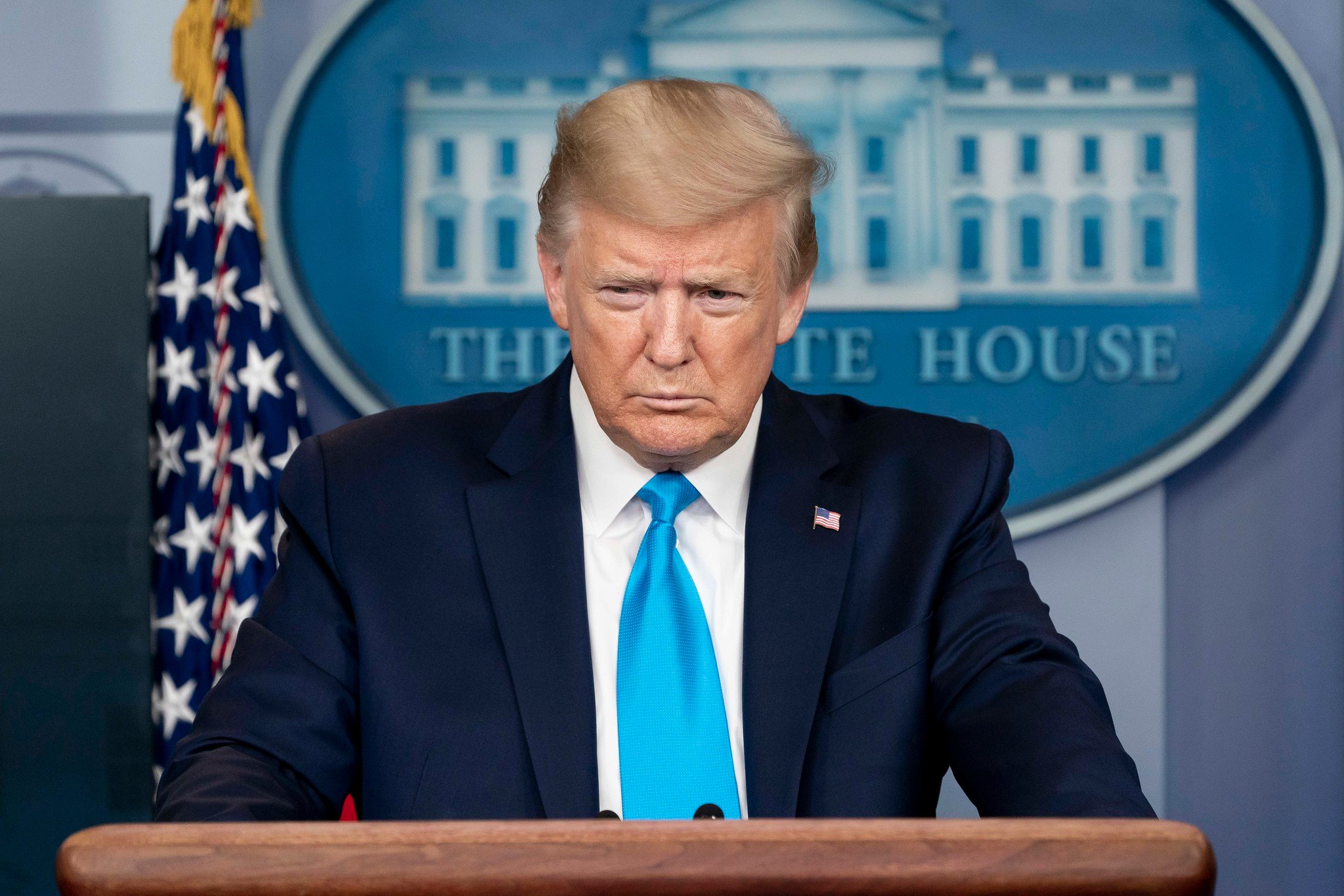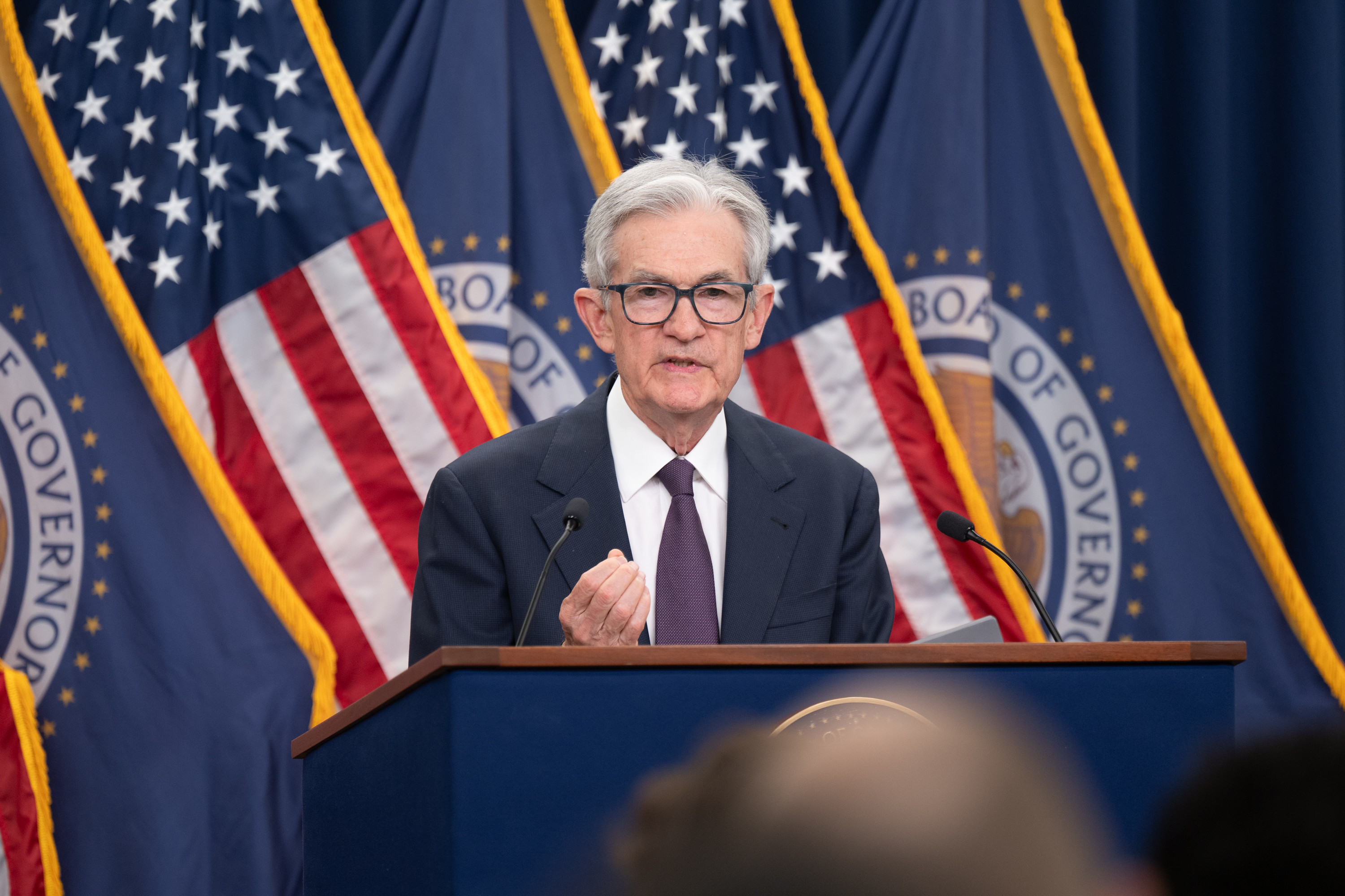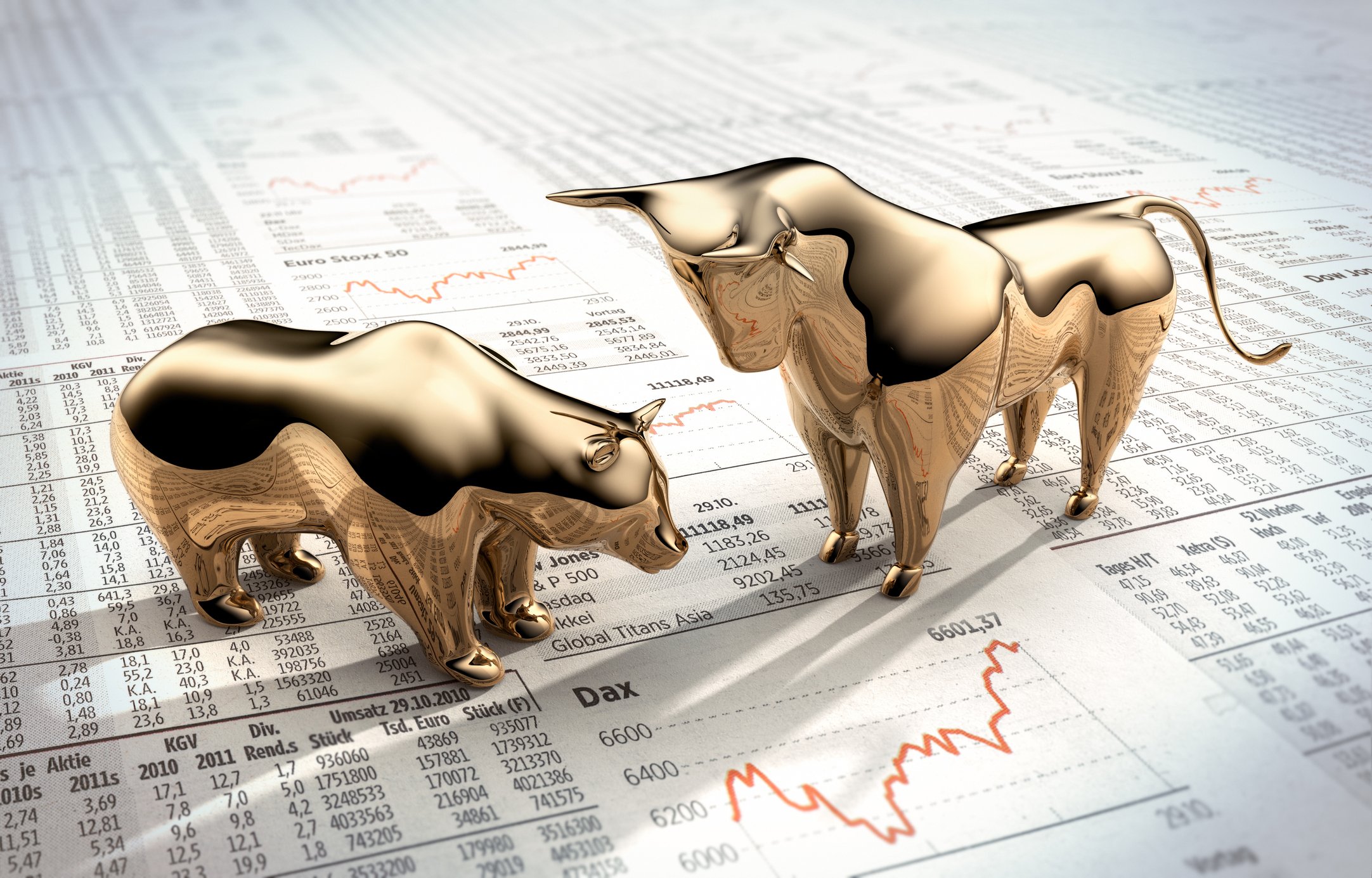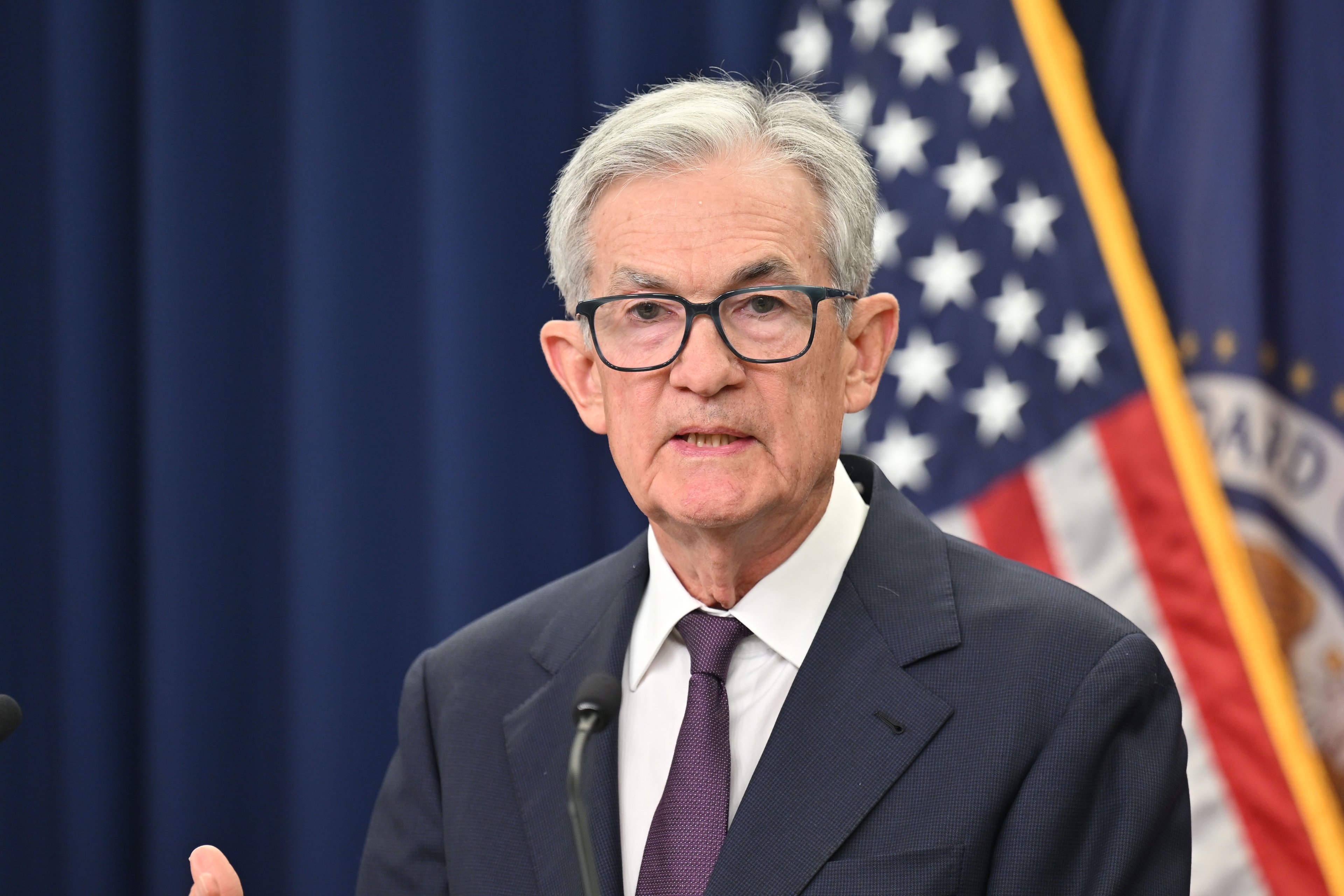The S&P 500 (^GSPC 1.07%) has not only rebounded from the crash caused by tariffs earlier this year, but has also added 14% since January. The index is now on track to achieve double-digit returns for the third straight year, something that has only happened five times since it was created in 1957.
There is good news and bad news on that front. The Federal Reserve recently began cutting interest rates after a lengthy pause. That has historically signaled substantial upside in the stock market over the next year. But Fed chair Jerome Powell recently warned investors that stocks are rather richly valued.
Here are the important details.

Image source: Federal Reserve official photo.
The stock market has historically performed well when the Federal Reserve cuts rates after an extended pause
The Federal Reserve in September reduced its benchmark interest rate by a quarter percentage point. That was the first time policymakers cut rates since December 2024. The extended paused was due to uncertainty about whether tariffs imposed by President Trump would have a greater impact on inflation or employment.
In one scenario, worsening inflation could have led to rate hikes. However, while inflation has indeed worsened since Trump announced his most severe tariffs in April, the Fed was more concerned by weakness in the jobs market. Hiring slowed sharply through the summer months as businesses dealt with uncertainty surrounding trade policies. So, Fed officials cut rates on Sept. 18 after a nine-month pause.
The stock market has usually performed well under those conditions. Since 1985, when the Fed has cut after holding rates steady for at least six months -- which happened only eight times during that period -- the S&P 500 returned a median of 13% in the next year, according to Goldman Sachs. The median return was 16% when the economy avoided a recession.
That information implies material upside in the next year. The S&P 500 closed at 6,632 on Sept. 18, meaning the index will advance 13% to reach 7,494 during the next year if its performance matches the historical average. That implies 12% upside from its current level of 6,700. Additionally, the implied upside is 15% if the economy avoids a recession.
Wall Street is optimistic about the stock market, but Jerome Powell has a warning for investors
Most Wall Street analysts expect the stock market to climb higher in the next year. In fact, the median forecast puts the S&P 500 at 7,494 by October 2026. Serendipitously, that is the exact same number implied by the Federal Reserve's most recent rate cut, which means the median target price among analysts also implies 12% upside in the next 12 months.
However, Jerome Powell recently warned, "Equity prices are fairly highly valued." The central bank does not target specific stock prices with its monetary policy, nor does it take an official stance on what the correct prices might be. However, Powell's comment is still a sobering reminder that valuations are elevated by historical standards.
The S&P 500 trades at 22.7 times forward earnings, a premium to the 10-year average of 18.6 times forward earnings. The index has only been that expensive during two periods in history: the dot-com bubble in the late 1990s, and the COVID-19 pandemic in 2020. In both cases, the outcome was the same: The S&P 500 eventually fell into a bear market. And that outcome is entirely possible today.
So investors should hope for the best, but plan for the worst. Now is not the time to take big risks. Do not chase stocks that trade at absurd valuations, and do not buy any stock unless you are willing to hold it through a drawdown.
Also, consider building a cash position in your portfolio. That will let you capitalize on the next drawdown whenever it arrives.






